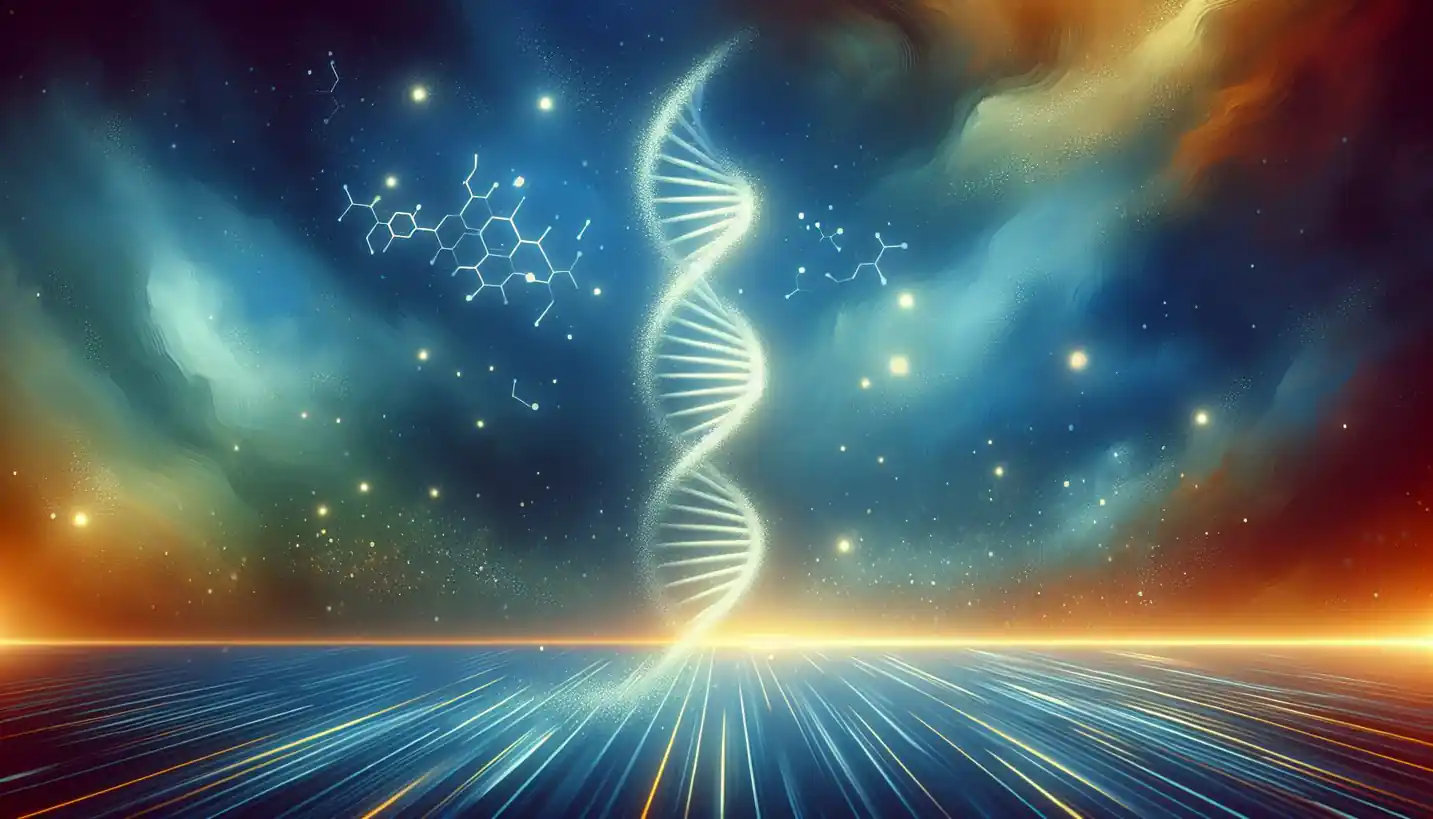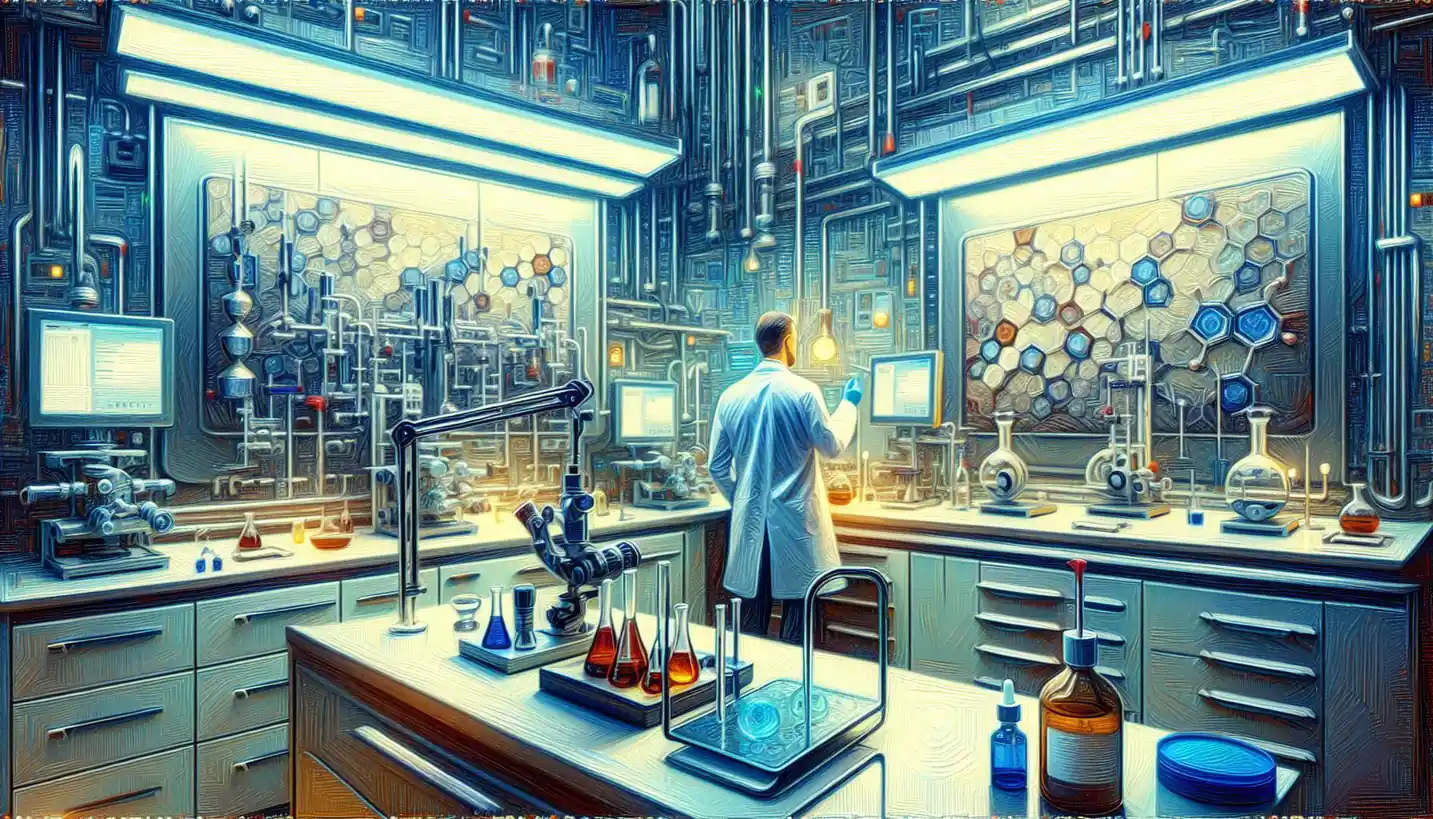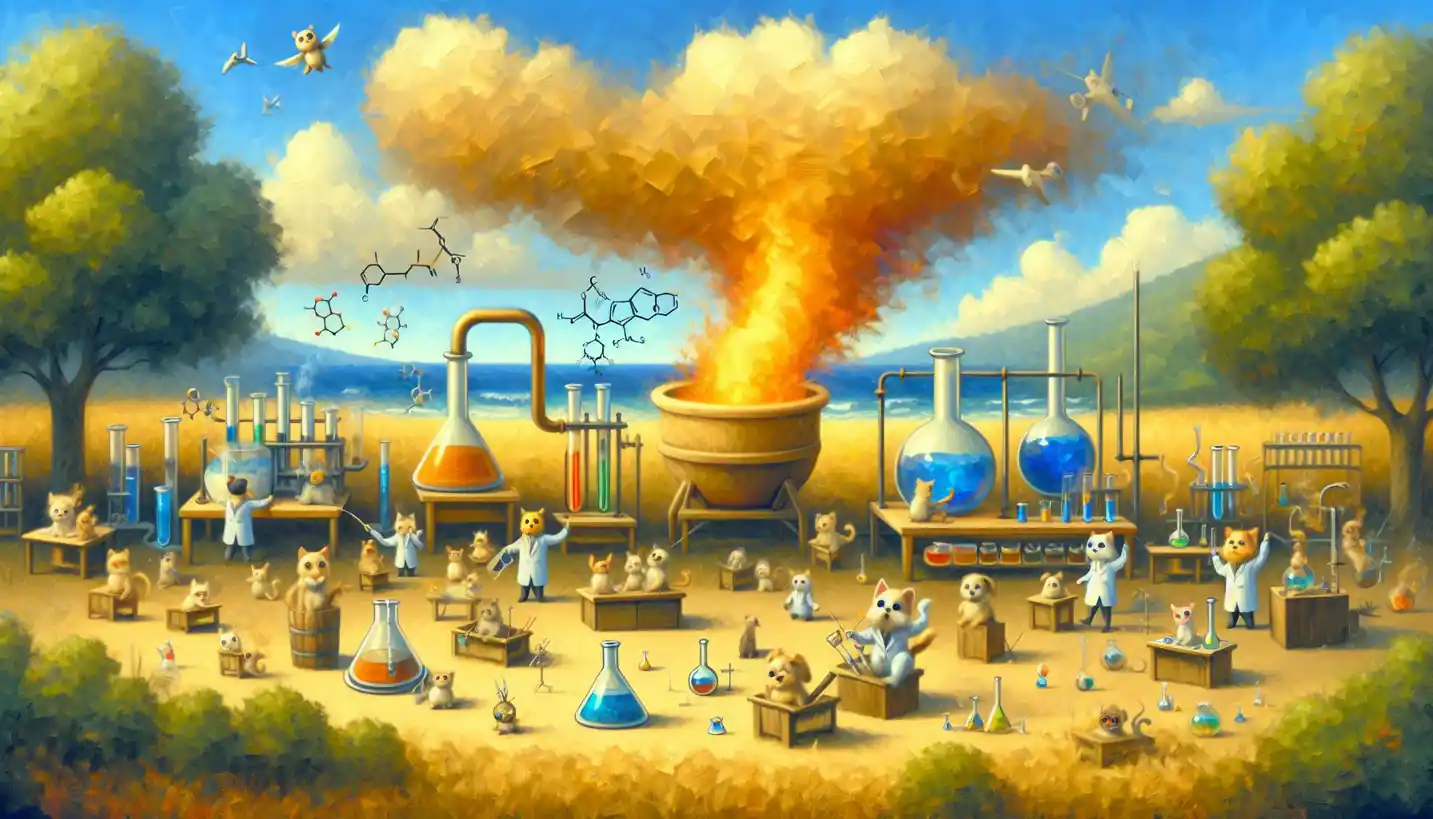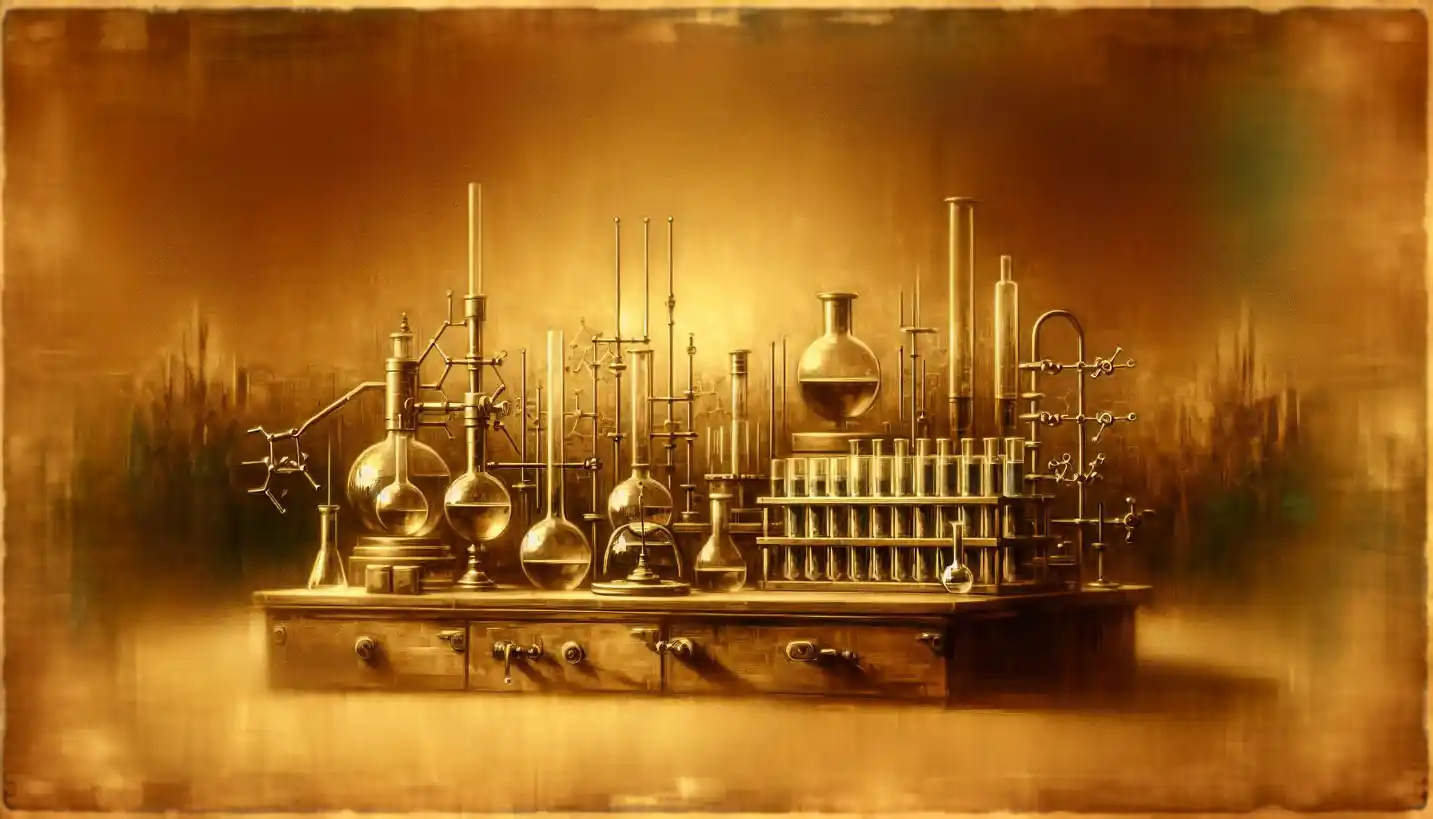· Chemistry · 4 min read
Van der Waals Forces: Unveiling Nature's Invisible Glue
Van der Waals forces silently hold our world together. Explore how these subtle interactions impact supramolecular chemistry.
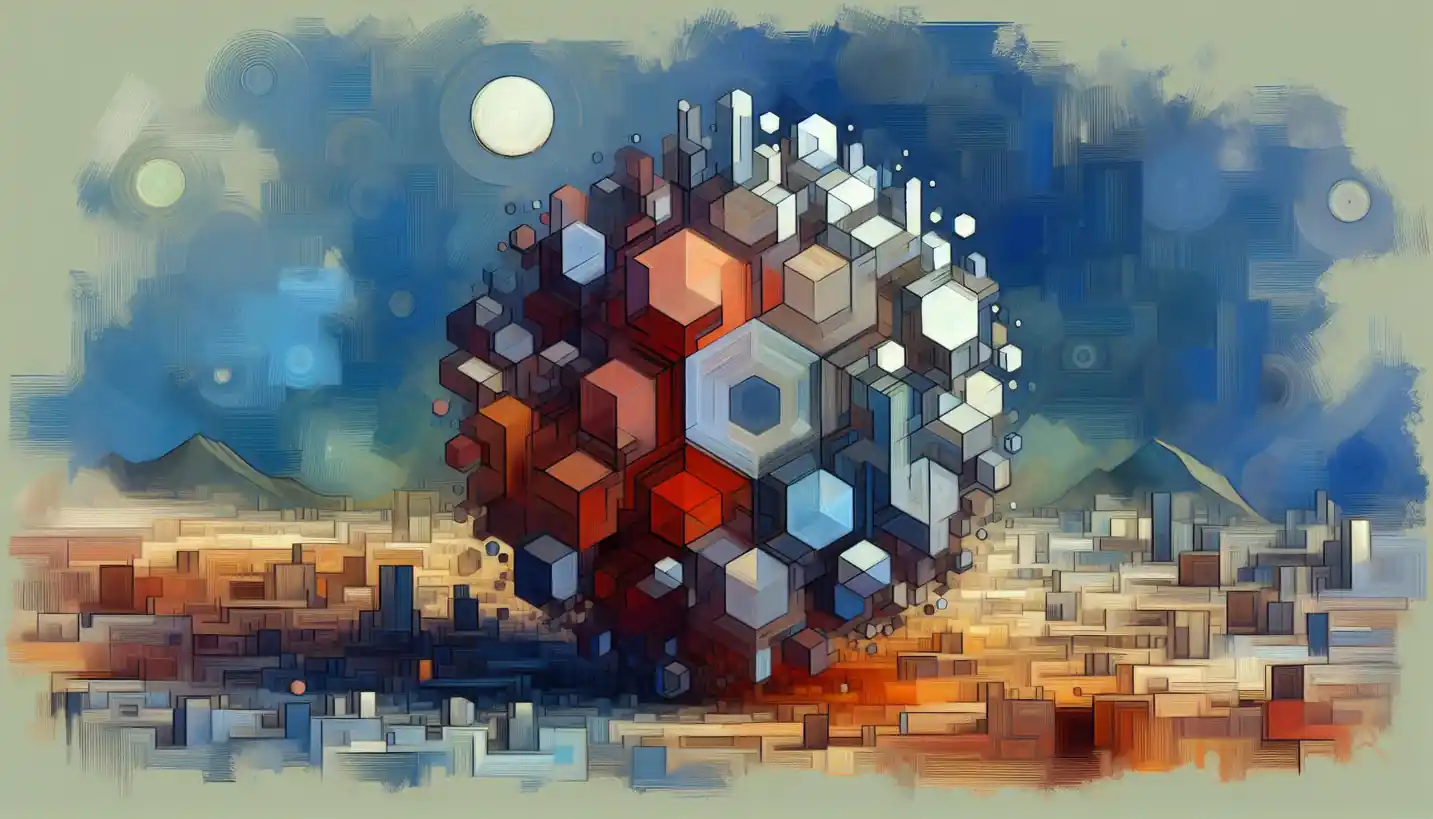
Everywhere we look, from the soft petals of a flower to the surface of a gecko clinging effortlessly to a wall, invisible forces are at play. These gentle forces, known as Van der Waals forces, are crucial in the realm of supramolecular chemistry, helping to explain how molecules stick together without needing a formal bond. So, what exactly are these forces, and why do they matter?
The Basics of Van der Waals Forces
When we delve into the microscopic world, everything seems to be moving—atoms vibrating, electrons zipping around. Yet, amidst all this motion, certain attractions occur that aren’t tied to the usual chemical bonds we learned about in school, like ionic or covalent bonds. Van der Waals forces are these seemingly subtle attractions between molecules that hold them together.
Unlike the more powerful forces that hold atoms together within a molecule, Van der Waals forces are much weaker. However, their subtlety doesn’t diminish their importance; it only adds to the complexity and beauty of molecular interactions. They’re named after the Dutch scientist Johannes Diderik van der Waals, who first described these interactions in the 19th century.
Diving Deeper: How Do They Work?
There are several types of Van der Waals forces, each arising from different interactions at the molecular level. Let’s break them down a bit:
1. London Dispersion Forces
These are the most widespread type of Van der Waals forces. Imagine you’re holding a rubber band; when stretched and released, it returns to its original shape. Similarly, temporary shifts in electron clouds around neutral atoms or molecules can create fleeting “dipoles,” causing attractions between them. Think of these dispersion forces as the rubber bands of molecules, pulling them together temporarily.
2. Dipole-Dipole Interactions
In some molecules, there is a permanent separation of electric charge, creating a dipole, like having a north and south pole. These molecules can attract each other, aligning themselves so that opposite charges are nearby, a bit like how tiny magnets would line up in a row.
3. Dipole-Induced Dipole Forces
Picture an uncharged balloon being drawn towards a static electricity source. Here, a polar molecule with a permanent dipole can induce a temporary dipole in a neighboring nonpolar molecule, causing a brief attraction.
Why Do Van der Waals Forces Matter?
While individually weak, Van der Waals forces collectively play a vital role in nature and technology. In supramolecular chemistry, these forces are foundational, enabling the formation of complex structures from simple parts without the need for strong chemical bonds. Here’s why they’re so essential:
Binding Without Bonds
Van der Waals forces help form what’s called secondary structures in proteins. These structures are vital to a protein’s function. Without these forces, proteins wouldn’t curl up into the unique shapes necessary for their biological roles.
Understanding Materials
In the world of materials science, these forces explain how macromolecules like polymers achieve their physical properties, impacting everything from elasticity to strength.
Natural Phenomena
Ever marveled at how a gecko can stick to ceilings? Van der Waals forces are at work there, allowing these creatures to grip surfaces at the microscopic level with remarkable ease.
Supramolecular Chemistry: Building with Molecular Blocks
Supramolecular chemistry is like the ultimate LEGO set but at a molecular scale. Instead of snapping blocks together with pegs, it relies on Van der Waals forces and other interactions to piece together larger structures. This field explores the chemistry “beyond the molecule,” enabling innovations in fields like nanotechnology and drug delivery.
Applications in Medicine
In drug delivery, harnessing these forces allows for the creation of complex delivery systems that can target specific cells or tissues, reducing side effects and improving therapeutic outcomes. Imagine having a microscopic delivery truck, guided through the body by these forces, releasing medicine exactly where it’s needed.
Creating Responsive Materials
One of the futuristic applications is the development of materials that can change their properties in response to the environment, thanks to these forces. Think of windows that tint in response to sunlight or clothes that adjust to the temperature.
The Importance of Understanding Van der Waals Forces
Recognizing the importance of Van der Waals forces enriches our understanding of both natural and synthetic processes. Scientists continue to explore these forces to design new materials and technologies that mimic natural systems, leading to sustainable and innovative solutions.
Curiosity Sparks Innovation
Every great scientific discovery begins with a question. How can forces so weak result in such mighty impacts in chemistry and biology? Researchers worldwide are keen to dive deeper, exploring potential new applications and unlocking more secrets of these forces. The journey of understanding Van der Waals forces is far from over, and their potential impact is immense.
To wrap it up, Van der Waals forces may be elusive, but they shape worlds both visible and invisible, making them a cornerstone of scientific inquiry and innovation. By unlocking their secrets, we open doors to endless possibilities. As we continue to study these forces, who knows what other mysteries we might unravel?
